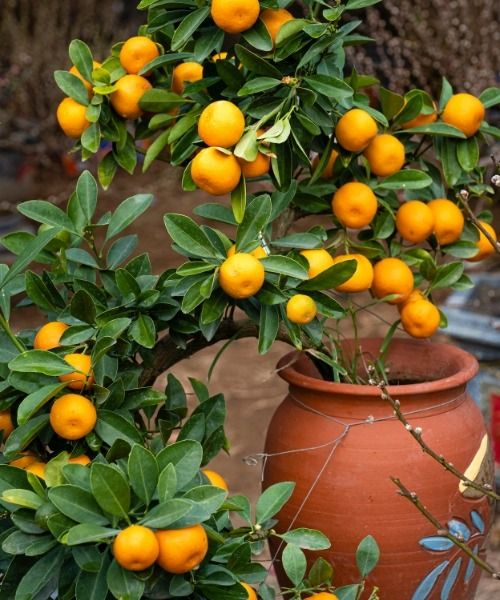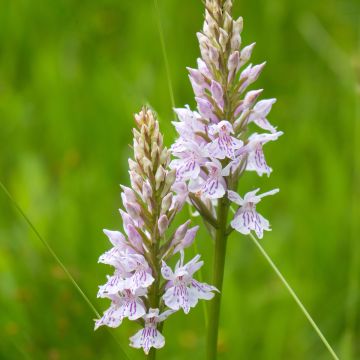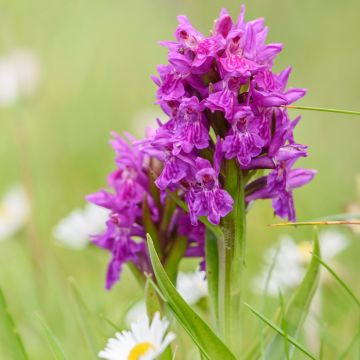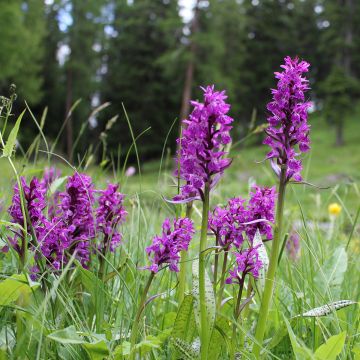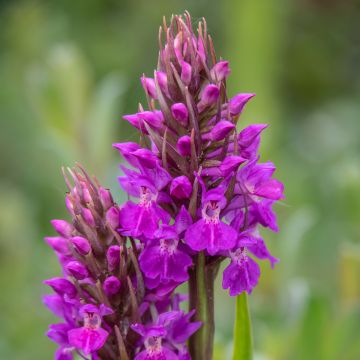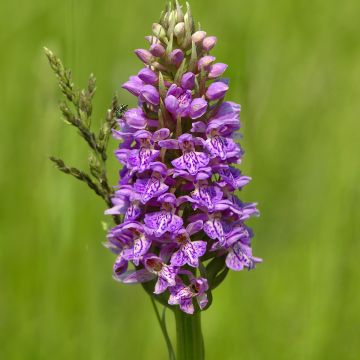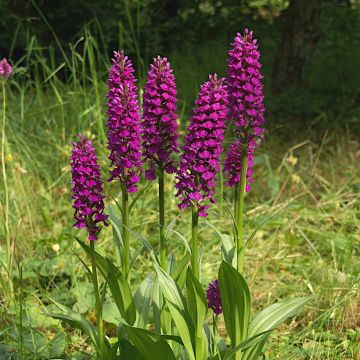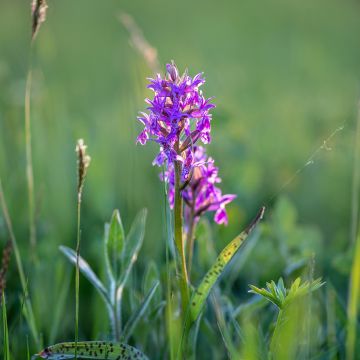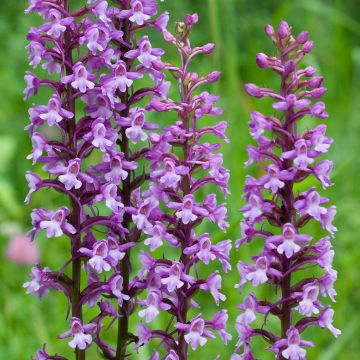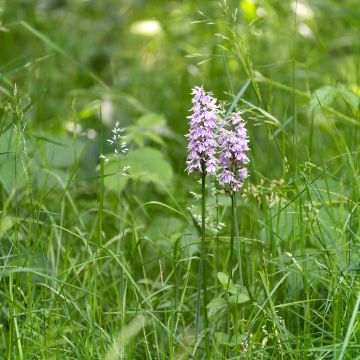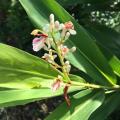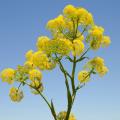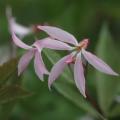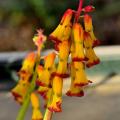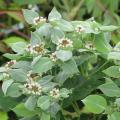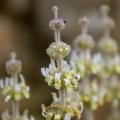Dactylorhiza
Would this plant suit my garden? Set up your Plantfit profile →
Available in 1 sizes
Available in 1 sizes
Available in 1 sizes
Available in 1 sizes
Available in 1 sizes
Available in 1 sizes
Available in 1 sizes
Available in 1 sizes
Available in 1 sizes
Available in 1 sizes
The Dactylorhiza are terrestrial orchids native to the temperate regions of Eurasia, with digitate tubers, shaped like fingers. Among the approximately 50 wild species that make up this genus, some populate our meadows and hills, punctuating them with beautiful flower spikes in spring or early summer. These hardy perennials make lovely garden orchids, sometimes temperamental. Among the most familiar ones, we can mention are the Dactylorhiza maculata, the Spotted Orchid, Dactylorhiza praetermissa, the Southern Marsh Orchid, or the Dactylorhiza majalis, the Early Marsh Orchid. These are deciduous plants, with above-ground vegetation disappearing in winter. The foliage consists of 4 to 7 lanceolate leaves, upright along the stem, green in colour, sometimes maculated with dark spots. The flowering of Dactylorhiza occurs from April to July depending on the species, in shades ranging from white to purple, including mauve and pink. Some orchids also display yellow or brown colours. The flowers are gathered in dense cylindrical spikes at the end of the stems. Dactylorhiza generally prefer cool and humid environments, as well as light and fresh acidic soils, but each species has specific cultivation requirements. These orchids are planted in early autumn or early spring. Most Orchids are currently endangered in their natural environment due to wetland destruction: they benefit from protected status at the national level.
Haven't found what you were looking for?

































